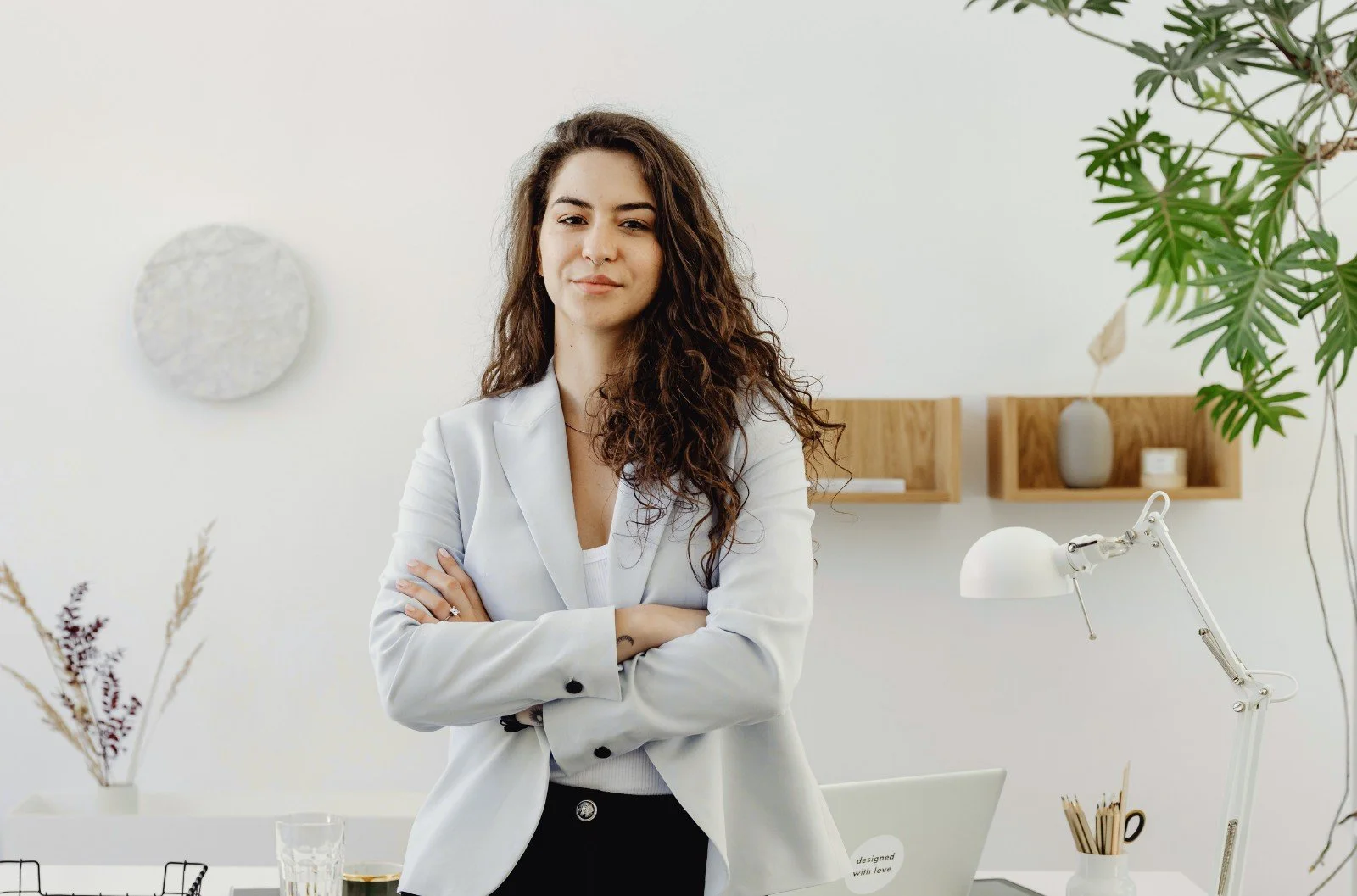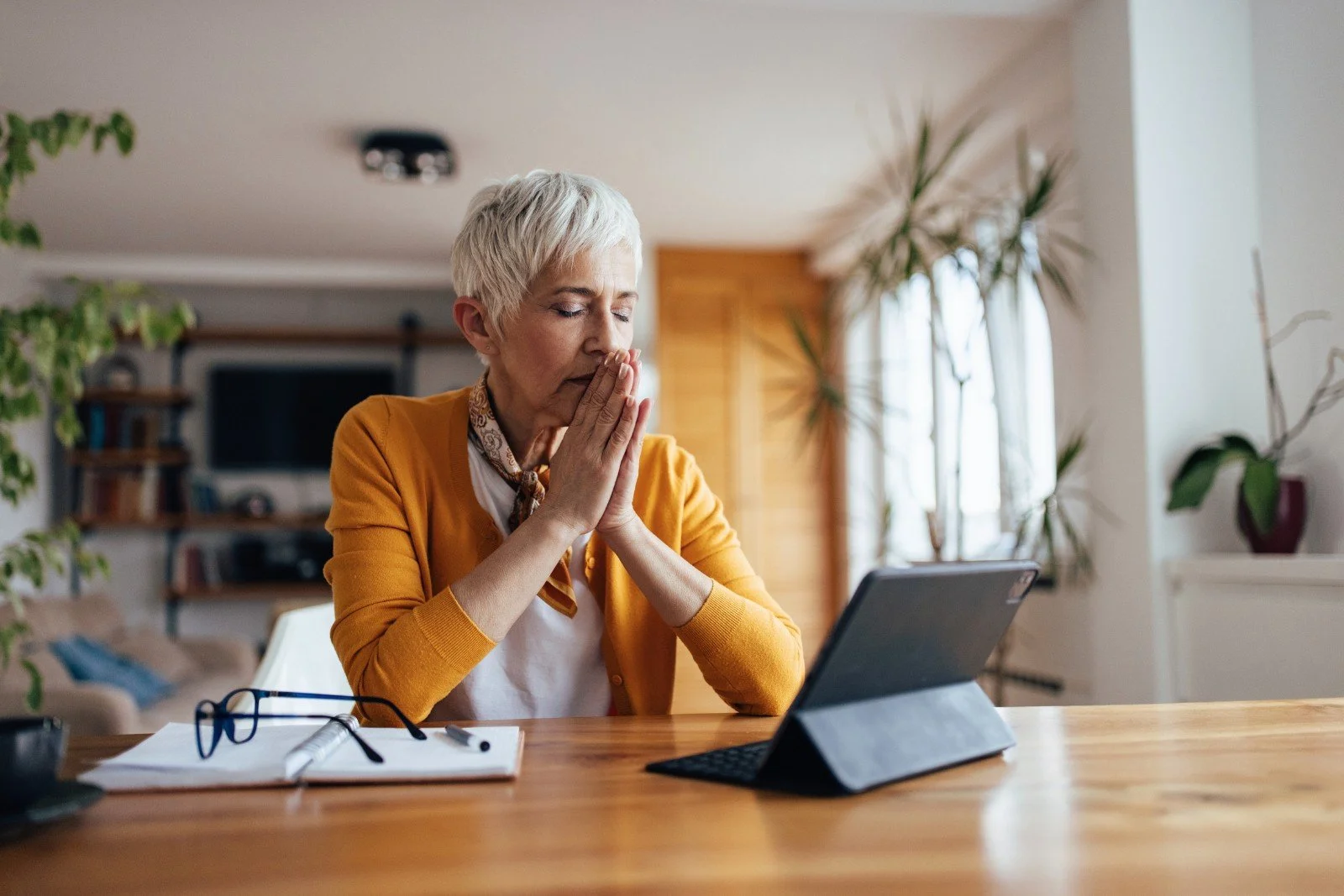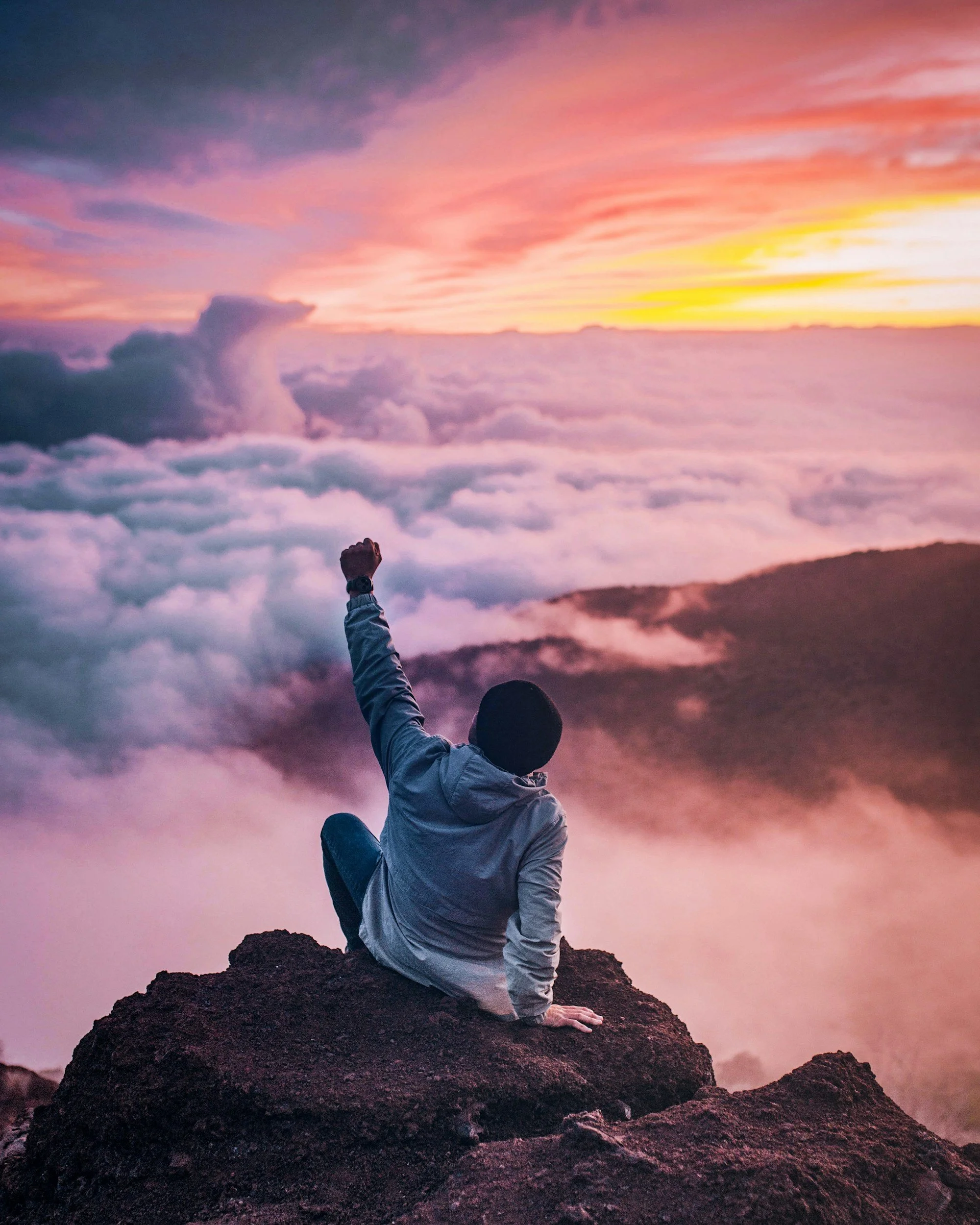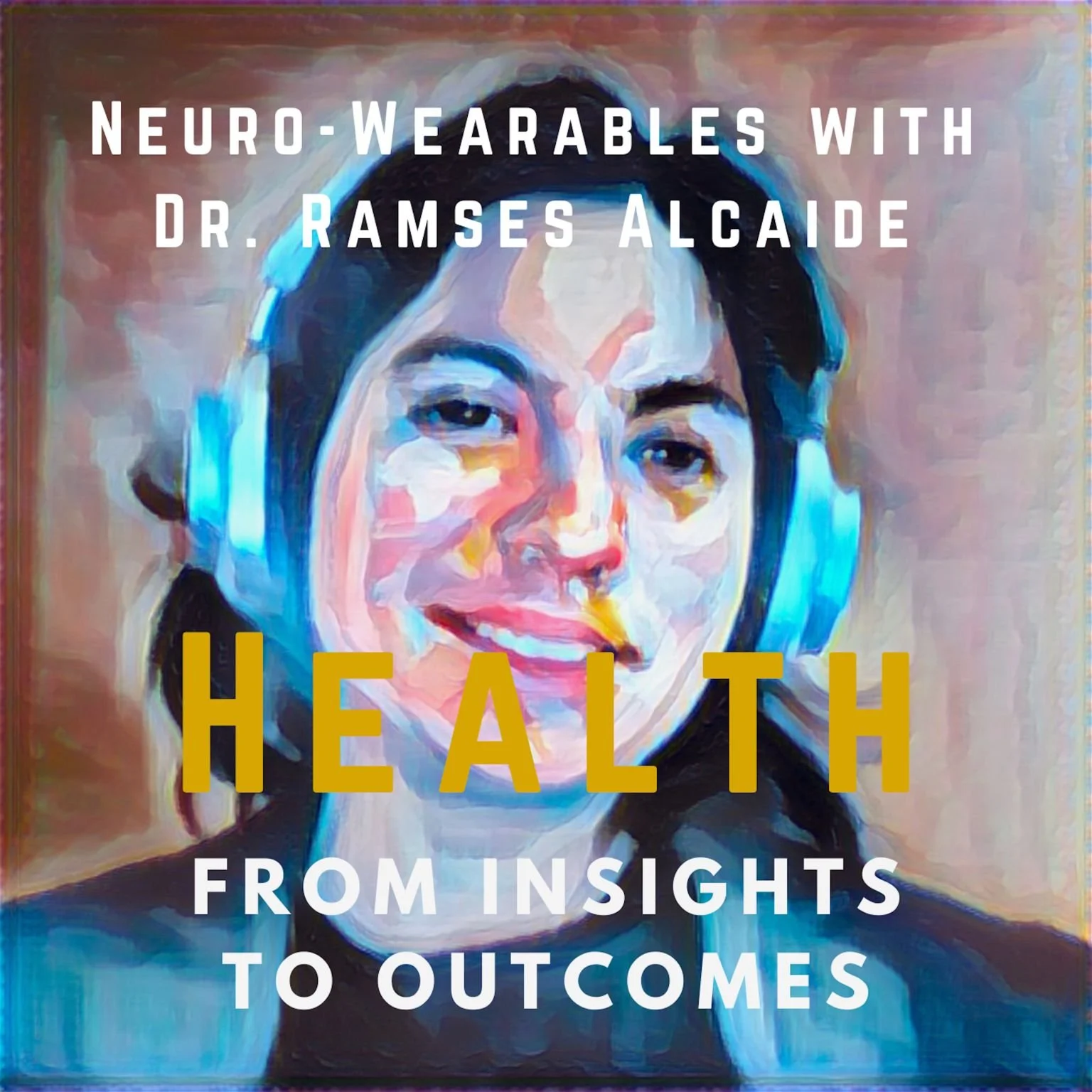Focus on Physicians:
Insights, Ideas, and Strategies
Art, Meditation, and Medical Practice: Johannes Vermeer's The Geographer
Art therapists use art as a way to explore complicated emotions and improve self-awareness for people experiencing physical or mental health challenges. But art offers many other paths to well-being and connection, especially for physicians and others engaged in the hard work of healthcare.
For centuries, art and science were deeply intertwined, yet in the modern era we often lose sight of the ways that art can illuminate medical practice. In this article I’ll show you how engaging with art mindfully, through what some call contemplative viewing, can spark both introspection and connection.
An earlier version of this article originally appeared on this site in July 2022.
Art therapists use art as a way to explore complicated emotions and improve self-awareness for people experiencing physical or mental health challenges. But art offers many other paths to well-being and connection, especially for physicians and others engaged in the hard work of healthcare.
For centuries, art and science were deeply intertwined, yet in the modern era we often lose sight of the ways that art can illuminate medical practice. In this article I’ll show you how engaging with art mindfully, through what some call contemplative viewing, can spark both introspection and connection.
In these unscripted encounters with an artist’s inner landscape, we may access a deeper understanding of our patients and ourselves as complex, multifaceted human beings.
Girl with Pearl Earring by Johannes Vermeer, ca.1665; credit Mauritshuis, The Hague
The Enduring Legacy of Johannes Vermeer
Johannes Vermeer, a Dutch painter of the 1600s, is best known for his intimate interior scenes. His Girl with a Pearl Earring remains his most iconic work, inspiring a bestselling novel in 1999 and a film adaptation in 2003.
Sadly, Vermeer was not well recognized or appreciated during his lifetime, and he struggled financially. Vermeer died at the age of 43, leaving his wife with 11 children to care for. The cause of death is unclear, but it was said that severe financial stress played a role. Today, only 34 of Vermeer’s paintings are known to exist.
Vermeer’s paintings are powerful not only for their timeless beauty, but because of his strong connection to his subjects, and his emphasis on their humanity.
Johannes Vermeer, The Geographer, ca: 1669; Image credit Städel Museum, Frankfurt am Main
The Geographer: A Moment Out of Time
As a photographer, Vermeer's The Geographer calls to me for its almost photographic frame of reference. This is not surprising, given Vermeer's purported use of the camera obscura, an early form of photographic projection that creates an image on a wall. As in an unposed photograph capturing a moment in time, The Geographer seems to be unaware of the painter, absorbed in his own thoughts.
Vermeer uses the light and shadowing to shape the space of the gentleman's study, creating a strong left-to-right diagonal perspective. Diagonals are important in art, because they often suggest action and energy.
Your eye might first notice the illuminated face of the man. From there, you may find yourself traveling from left to right as the line of the light echoes the diagonal of his desk, the movement of the shadow behind the cabinet and even the pattern of tapestry that is draped over the table. The instrument he casually holds in his hand repeats this same diagonal and intentional feeling.
The Geographer's face is illuminated in much the same way as the globe above him. This reference to the wider world and his Japanese-style robe tells a story of a man who has a broad and diverse experience of life.
The colors in this painting serve to unify the composition and create a soft sense of boundary in which this man lives and works. The gorgeous oranges and blues, as complementary colors, create a lush and intimate feeling. We see them in his robe, the tapestry, the small chair in the background, and in the shade of the light entering the room.
In color theory, blue evokes the mind, reflection, serenity, and the intellectual, while yellow is a color of creativity and confidence. The slash of orange that makes up the kimono’s collar speaks of passion, but perhaps of frustration as well. And the soft brown conjures nature and quiet.
The variety of textures in the textiles and furniture serves to elevate the sense of intimacy and deepen the richness of these colors. There is a sense of balance between the foreground and the background, holding The Geographer in the middle of the painting, and setting him firmly in the world.
Experiencing Art Mindfully
Art can be a doorway to mindful exploration. Sometimes this is called slow looking. You don’t have to be an expert in art or a mindfulness practitioner. Even just a few minutes with a work of art can allow your mind to clear and give you space to create a sense of connection to another human being. The Geographer is a perfect stepping off point for this kind of exploration.
To drop into a meditative mindset, allow the experience of Vermeer’s painting to open a feeling of spaciousness and presence. Notice your breath as you spend time with this work of art, allowing each inhale and exhale to soften your mind into a relaxed awareness. Feel your body loosen, even if just a little. If possible, give yourself at least three minutes of mindfulness before moving on with the rest of your day.
This experience is available to you, no matter where you might find yourself. You don’t have to turn to the Old Masters to experience the meditative power of art. If you’ve ever lost yourself in a song, you know that to be true. Abstract art, photography, sculpture—all can be portals to mindful exploration. So can the act of creating.
For physicians, brief moments of mindful connection can be deeply restorative. In the midst of a busy day, slowing down can help you to reconnect to a sense of balance and perspective. Vermeer’s work is one reminder that presence and awareness can reveal not only your own light but also the humanity of those you care for.
This post contains Amazon affiliate links. I may earn a small commission when you click on the links, at no additional cost to you. These commissions help to support the website.
If you’ve enjoyed this article and would like to stay in the loop for more insights on creating a sustainable, fulfilling, and happy life as a physician, sign up for my newsletter or reach out on my website. I’d love to hear from you.
And if you’d like to schedule a complimentary introductory meeting with me, click the link below.
How to Find Your Creative Spark: A Guide for Physicians
As physicians, we learn to practice from an evidence-based standpoint, checking the data, keeping up with the literature, and following carefully researched guidelines. But as crucial to good patient care as this is, providing the best care requires the ability to go deeper, connecting a series of disparate dots, asking probing questions, and creating trust.
Having your own creative practice can stimulate this stronger connection by giving you tools and insights that come from a less rigid view of the world. And at the same time, creativity can be a refuge, offering an escape and a form of mindfulness that is often difficult to access in our precision-driven world.
An earlier version of this article appeared on this website in January, 2024
As physicians, we learn to practice from an evidence-based standpoint, checking the data, keeping up with the literature, and following carefully researched guidelines. But as crucial to good patient care as this is, providing the best care requires the ability to go deeper, connecting a series of disparate dots, asking probing questions, and creating trust.
Having your own creative practice can stimulate this stronger connection by giving you tools and insights that come from a less rigid view of the world. In fact, a British study found that people who engaged in creative activities at home were more likely to discover creative solutions to problems at work.
Creativity can also serve as a refuge, offering an escape and a form of mindfulness that is often difficult to access in our precision and productivity driven world. And sometimes it leads you farther than you ever imagined. For example, after retiring from clinical practice, I followed my passion for photography and the arts, eventually completing a BFA degree. I’m currently immersed in an MFA program, which has opened new doors for me that I never knew existed.
You don’t need to have special skills or innate talent to begin your creative practice. And you definitely don’t have to pursue higher education. It can be something that you do for yourself alone. But once you get started, you may find that your imagination awakens, opening your mind to new techniques and ideas that might never have occurred to you if not for this artistic exploration.
Here are some simple ways to inspire and nurture your inner artist:
Just Get Started
Getting started may sound simple, but overcoming inertia can be the hardest part. You don’t need a grand plan, a fancy camera, or a fully equipped studio. Just begin and set the wheels in motion. Your first step doesn’t have to be perfect; it just has to be taken. After that, the next steps often reveal themselves.
Embrace Imperfection
Check your perfectionism at the door. For people immersed in the creative arts, imperfection is not just accepted; it’s often celebrated. Express, explore, and learn. Give yourself the freedom to make mistakes and be messy. This is a crucial part of the creative journey, and it’s how new ideas are generated.
Inspiration Appears While You’re Working
Waiting for inspiration is like waiting for the perfect moment – it rarely comes when you're idle. To borrow a phrase from mindfulness meditation, creativity is about being in the now. As Picasso is famously quoted, “Inspiration exists, but it has to find you working.” The muse, that elusive spark of creativity, is not impressed by your aspirations. She finds you when you’re in the messy midst of creation.
Set Aside Time for Creativity
Schedule your creative time just like you would for any appointment. Whether it’s 30 minutes every evening or a few hours on Saturday afternoon, having a dedicated slot for creativity can open windows in your mind and give you room to explore. If time feels tight, commit to simply 10 minutes each week, and see where that takes you.
Explore Different Creative Avenues
Creativity means different things to different people. You might enjoy writing, while someone else might find solace in painting, dancing, or playing an instrument. Simply wandering around intentionally with your phone’s camera can be a form of creative play. If you have time, taking a weekend class in pottery or some other art form could be a fun place to start. If you’re not sure how to start, allow yourself to experiment with different forms of creative expression. You might be surprised by what resonates for you.
Join a Creative Community
There's something magical about being part of a community that shares your passion. Look for local art classes, writing groups, photography clubs, or online forums. Share your work, get feedback, and enjoy the collective creative energy. A community can offer support, inspiration, and a sense of belonging. And unlike your practice as a physician, no one will expect you to be perfect or have all the answers.
Pause, Reflect and Adjust
Every now and then, take a step back and reflect on your creative journey. Stay curious. What have you learned? What do you enjoy the most? Where has your creativity taken you? You might choose to keep a creative journal to celebrate your milestones, explore the unexpected detours, and maybe even recalibrate your goals.
Final Thoughts
Integrating creativity into your life isn’t just about producing something; it’s about the process, the joy, and the journey of self-discovery it brings. It can be a form of meditative practice, and an escape hatch from the rigidity of a schedule and a task list.
As a physician, you have a unique perspective of the world, shaped by your experiences and the people whose lives you’ve touched. Infusing this perspective into your creative endeavors can lead to something unexpected, tangible, and uniquely yours. By exploring your creativity without self-judgment, you may find that the insights you discover enrich and deepen your relationships with others, including your loved ones, patients, and colleagues.
If you’ve enjoyed this article and would like to stay in the loop for more insights on creating a sustainable, fulfilling, and happy life as a physician, sign up for my newsletter or reach out on my website. I’d love to hear from you.
And if you’d like to schedule a complimentary introductory meeting with me, click the link below.
My Podcast Appearance on Sustainable Clinical Medicine
I'm excited to share my recent podcast appearance on Sustainable Clinical Medicine with The Charting Coach, a podcast for physicians and others in healthcare hosted by Dr. Sarah Smith.
In this episode we talk about values alignment, when to say no, and how to combine your passions outside of medicine with your life in healthcare.
I'm excited to share my recent podcast appearance on Sustainable Clinical Medicine with The Charting Coach, a podcast for physicians and others in healthcare hosted by Dr. Sarah Smith. Dr. Smith not only helps physicians who are struggling to keep up with charting, but she also hosts a podcast focused on the ideas and challenges that matter most to physicians and others in healthcare.
Here are three key takeaways from our conversation:
🔑Values Alignment: Discover the power of aligning your career and personal life with your core values.
🔑Saying No and Carving Time: Learn how to set boundaries and prioritize what brings you joy and fulfillment.
🔑Exploring New Avenues: Possibilities open up when you allow yourself to pursue interests outside of traditional medical roles, sustaining and supporting your life in medical practice.
Using the Language of Art to Create Work-Life Balance
Most physicians cite work-life balance as a top priority. Yet there is little clarity on what exactly work-life balance means.
You might be surprised to learn that art theory holds the answer.
In this article we’ll explore ideas of symmetric, asymmetric, radial, and crystallographic balance. And you’ll discover why asymmetric balance might hold clues for your own unique form of work-life balance.
An earlier version of this article was published on KevinMD.com in 2023
For most physicians, achieving work-life balance is a top priority. But what does balance mean? And is it even possible?
In this article, I propose that there is more than one way to conceptualize balance. Before we explore these new perspectives, it’s important to address a common alternative: the concept of work-life integration.
Because the concept of balance often feels unattainable, and perhaps even undesirable, some argue that “work-life integration” is the better term. This popular terminology implies that somehow work and personal life should seamlessly intertwine, one gently flowing into the other.
It’s a trendy buzzword in managerial circles, but for physicians, work-life integration is often not a choice—it’s a given. And between taking call, attending after hours committee meetings, slogging through the EHR, and making time for CME and recertification, what’s labeled as “personal time” often gets consumed by work-related demands.
That’s why the work-life integration construct for physicians often means no real boundaries at all.
In this model, work doesn’t just blend into your personal life—it takes over. And yet, the reverse is rarely possible. There may be no space in the work day for your own needs.
Let’s be honest: it’s rare that you can realistically bring family or personal responsibilities into the hospital or clinic. For most physicians, that’s neither practical nor desirable.
So where does that leave us? I believe that work-life balance—not integration—is still the better goal. But the way we think about balance is often flawed.
When we picture balance, most people imagine a seesaw or a perfectly balanced scale, where equal weight on both sides creates harmony. It’s a tidy image but one that’s unrealistic for most lives, especially for physicians.
Instead, there’s a deeper, more creative way to think about balance—one that borrows from the language of art. By embracing this alternative perspective, you will discover a dynamic and fulfilling concept of balance that can help you to create a more sustainable and happy life.
Before we go any further, it’s valuable to think about work-life balance as more than simply “work” and “life”. Work is an important part of life, and perhaps even a defining feature of the life you’ve chosen. But “life” isn’t just what’s left over after work. It can be useful to think about life as a array of different elements. Broadly speaking, these may include
Family
Friends
Leisure
Self-Care
Anything else that’s meaningful to you
Equalizing all of these factors our using traditional concepts of balance is virtually impossible.
But if we borrow the concept of balance from art theory, it all starts to make more sense.
Concepts of Balance
In art, balance can be
Symmetric
Asymmetric
Radial
Crystallographic (Mosaic)
Let’s take a little detour into art theory so I can show you what this means.
Symmetric
Think of the typical balanced scale, or a mirrored pair.
This is the traditional way that we think of balance.
Asymmetric
The perception of weight across the composition may be balanced, but each element has a different size or mass.
This form of balance tends to create more interesting and dynamic images.
Radial balance
This type of balance uses a central focal point
Rays, spirals, or ripples radiate outward
Fragment, Peru c. 1000-1476 AD, Kate S. Buckingham Endowment, Art Institute of Chicago
Crystallographic (Mosaic) balance
A large number of elements share equal weight
There is no single focal point
Choosing Asymmetry
Any of these constructs may work for you. For many physicians, an asymmetric concept of balance can be especially useful. Think about the way you might create a rock garden. With asymmetric balance, you have wide latitude to play with different scale and elements. There is no exact formula, but you feel it when it’s right.
Compared to the symmetric form of balance, where both sides hold equal weight, asymmetric balance falls apart when the elements are too similar.
In asymmetric balance there is usually a dominant element, with the other components playing a supportive or bridging role. Often two smaller elements work harmoniously to balance a larger one. In an asymmetric painting like Van Gogh’s Starry Night, there may be some tension, but the image still feels complete.
Asymmetric balance can be interesting to play with. Moving one element often means that the others must also be moved in order to maintain a sense of harmony. This new configuration might strike a different, even unexpected, chord and create different relationships between the pieces.
When thinking about creating your own work-life balance, asymmetric balance may be a good starting point to consider. As your priorities shift over time, your vision of balance may also change. At any time, you can rearrange the elements to make them work for you.
How do you begin to define your own work-life balance? Take another cue from the art world. Sit down with pen and paper and sketch it out in words or pictures. This form of reflection is a great way to get clarity on your own ideas so you can create your vision for the future.
If you’ve enjoyed this article and would like to stay in the loop for more insights on creating a sustainable, fulfilling, and happy life as a physician, sign up for my newsletter or reach out on my website. I’d love to hear from you.
And if you’d like to schedule a complimentary coaching discovery session, click the button below.
Visual Thinking Strategies for Healthcare Teams: Elevating Collaboration, Care, and Creativity
Visual Thinking Strategies (VTS) is a dynamic, evidence-based approach that uses art as a springboard for exploration and collaboration. By engaging with visual art, healthcare professionals can unlock critical thinking and communication skills—cornerstones of effective medical teamwork. These skills not only enhance team cohesion but also translate into improved patient care and outcomes.
Visual Thinking Strategies (VTS) is a dynamic, evidence-based process that uses art as a springboard for exploration and collaboration within medical teams. By engaging with visual art, physicians and other healthcare professionals can unlock critical thinking and communication skills—cornerstones of effective medical teamwork. These skills not only enhance team cohesion but may also translate into improved patient care and outcomes.
What sets VTS apart from simply art appreciation is its ability to
nurture active listening,
enhance observational skills,
build cultural awareness, and
foster a tolerance for ambiguity
These are qualities essential for leaders in our increasingly complex healthcare landscape. Over the past three decades, VTS has been widely adopted and studied across universities, medical schools, and healthcare settings, attesting to its versatility and impact.
Unlike traditional arts-based programs, VTS requires no prior knowledge, experience, or even a passion for art. Instead, a work of art serves as a neutral and engaging medium to spark conversations that might otherwise feel forced or uncomfortable.
By focusing on observation and open-ended discussion, participants uncover new insights, foster deeper connections, and gently challenge their own preconceived ideas and biases. This process creates a safe and creative space for professional growth and team development.
How to Access Visual Thinking Strategies
Visual thinking doesn’t require artistic skill or an aesthetic eye; it simply asks you to think differently. Here are a few ways you can begin:
Team Workshops
VTS follows a very specific evidence-based process, so it’s important that your facilitator has been trained in the method.
In a VTS session, a facilitator presents an artwork, allowing participants time for close looking. The process then transitions to asking each individual to describe what they think is going on in the picture. After they have shared their perspective, the facilitator follows up with a question asking them to relate what they see in the work that makes them say that.
Each person takes turns, so no one's interpretation bears more weight than another's. Many times the interpretations differ a great deal between participants. Often, the observations surface ideas or assumptions that the participant may later decide are not exactly what they expected. At times, this might even feel uncomfortable, but since VTS is designed to be supportive, not confrontative, this is part of the unfolding experience.
After everyone has a chance to speak, there is a debriefing that includes a discussion of what might have been challenging or unexpected. We also talk about how this experience might connect to something that would be encountered in the clinic or hospital.
For those in healthcare, Harvard offers an extensive VTS training course that includes an option to apply for certification after completion. As a student of this program, I can vouch for its high quality and engaging, thorough training.
Daily Observational Practice
Spend a few minutes observing an image, whether it’s art, a medical scan, or even nature. Ask yourself: What do I notice? What stands out? How does this relate to my work today? You might use this as a journaling prompt, perhaps setting a timer for 10-15 minutes to give yourself time to go deeper.
Patient Communication
Visual tools can help simplify complex medical concepts for patients, improving understanding and trust. By understanding how VTS works, and putting the method to use in your encounters, you may create deeper and more trusting relationships with your patients.
Why Physicians Can Benefit from Visual Thinking Strategies
More than most professionals, physicians operate in a world of complexity, ambiguity, and precision. Visual thinking strategies can:
Enhance Diagnostic Skills: By practicing detailed observation through VTS exercises, you can sharpen your ability to notice subtle clinical signs and patterns.
Improve Team Collaboration: Through VTS, each person has an opportunity to share their own experience of the work being presented. This can open up diverse perspectives, especially in interdisciplinary teams.
Boost Creative Problem-Solving: Medicine often requires innovative thinking, whether solving a patient care dilemma or optimizing workflow. Visual brainstorming can unlock new approaches.
Foster Emotional Intelligence: Engaging with imagery—whether art, diagrams, or patient stories—can help cultivate empathy and awareness.
Improve Comfort with Ambiguity: Patient presentations are often nuanced, diagnoses may be unclear, and treatment outcomes can be uncertain. Developing comfort with ambiguity allows physicians and other healthcare professionals to remain calm, curious, and open to new ways of seeing, enabling them to make sound decisions even in the face of incomplete information.
Why I’m Passionate About VTS
As a physician and coach, I’ve experienced firsthand the ways that VTS can spark new insights and foster confidence and team cohesion. In a profession where burnout is all too common, VTS provides a refreshing, engaging way to reconnect with your sense of purpose and curiosity.
Final Thoughts
Visual thinking strategies offer physicians a unique and valuable way to navigate the complexities of modern medicine. By integrating these techniques into your daily practice, you can enhance your observational skills, improve communication, and reignite your passion for the art of healing.
I’m considering offering a free workshop on VTS tailored specifically for physicians. If this is something that piques your interest, I’d love to hear from you!
If you’ve enjoyed this article and would like to stay in the loop for more insights on creating a sustainable, fulfilling, and happy life as a physician, sign up for my newsletter or reach out on my website. I’d love to hear from you.
And if you’d like to schedule a complimentary coaching discovery session, click the button below.












































